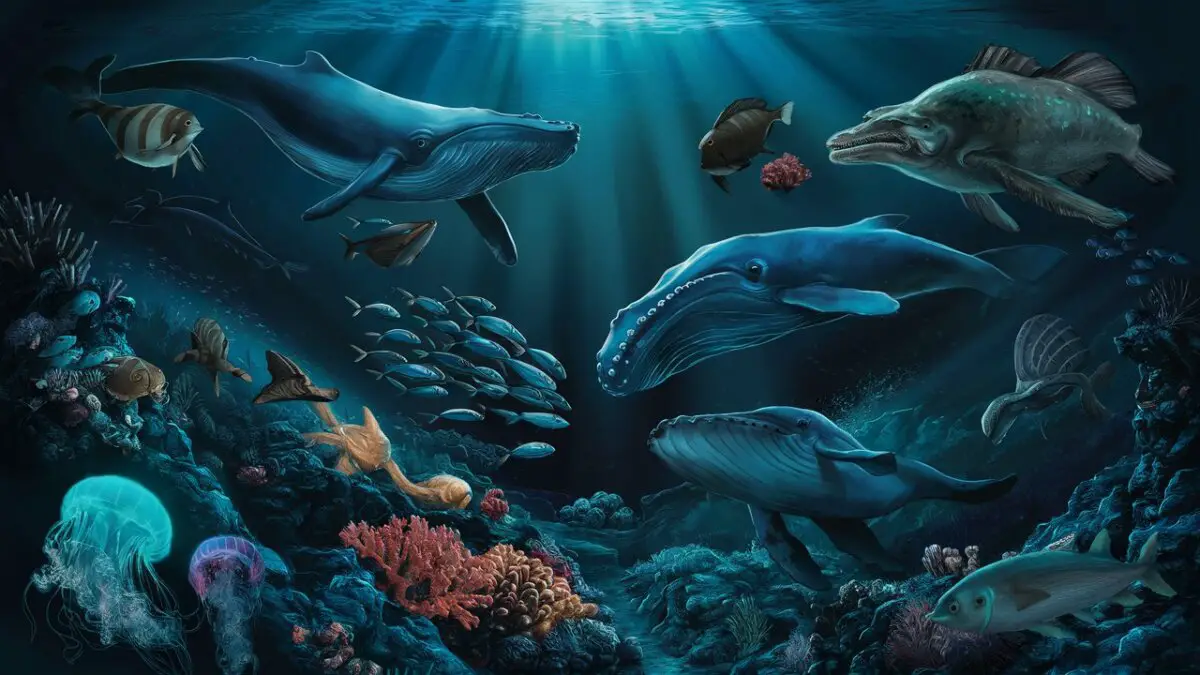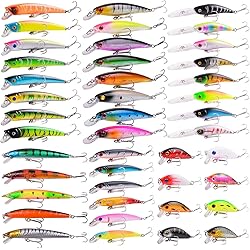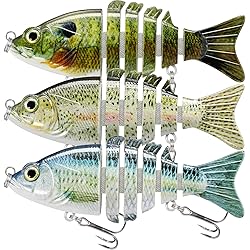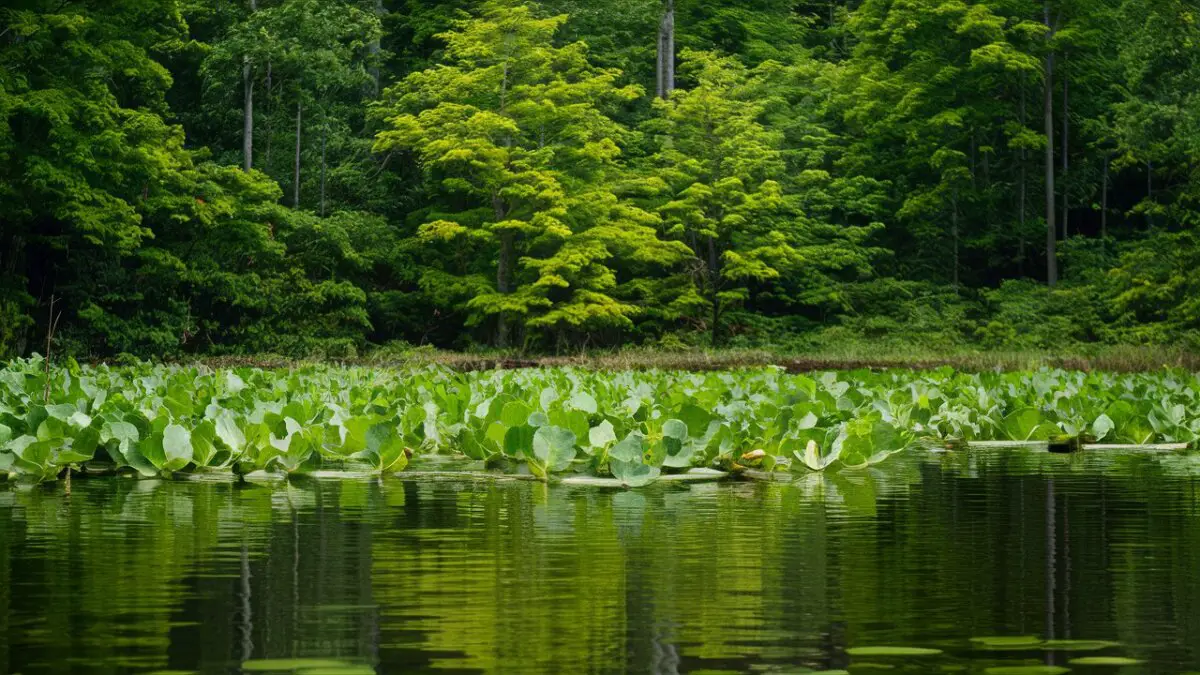An Extensive Examination of Marine Life The ocean, which makes up more than 70% of our world, is a vast and enigmatic space teeming with an incredible variety of species, each of which is essential to maintaining the delicate balance of aquatic ecosystems.
We’ll discover the mysteries of the deep on our expedition, from the mysterious depths where light hardly reaches to the colorful coral reefs teeming with life.
Our waters are full of mysteries, from the exquisite dance of dolphins to the strange species that live in the deep.
Come explore the science, the beauty, and the difficulties that modern marine life faces.
Whether you’re an experienced ocean fan or a curious newbie, prepare to immerse yourself in the delights of A Deep Dive into Marine Life.
Take away key points
- An Introduction to the Enchanting World of Marine Life
- Unveiling the Astonishing Variety of Marine Species
- Understanding the Intricate Ecosystems that Sustain Marine life
- How Marine Life Thrives in Diverse and Challenging Environments
- A Look at the Most Striking Marine Fauna
- Examining the Vital Role of Marine Life in Global Ecological Balance
- Shedding Light on the Challenges Facing Marine Environments
- How Science and Conservation Efforts Can Preserve Marine Life for Generations to Come
- Conclusion.
you may also like this: The Top 5 Secrets the Ocean’s Depths Hold
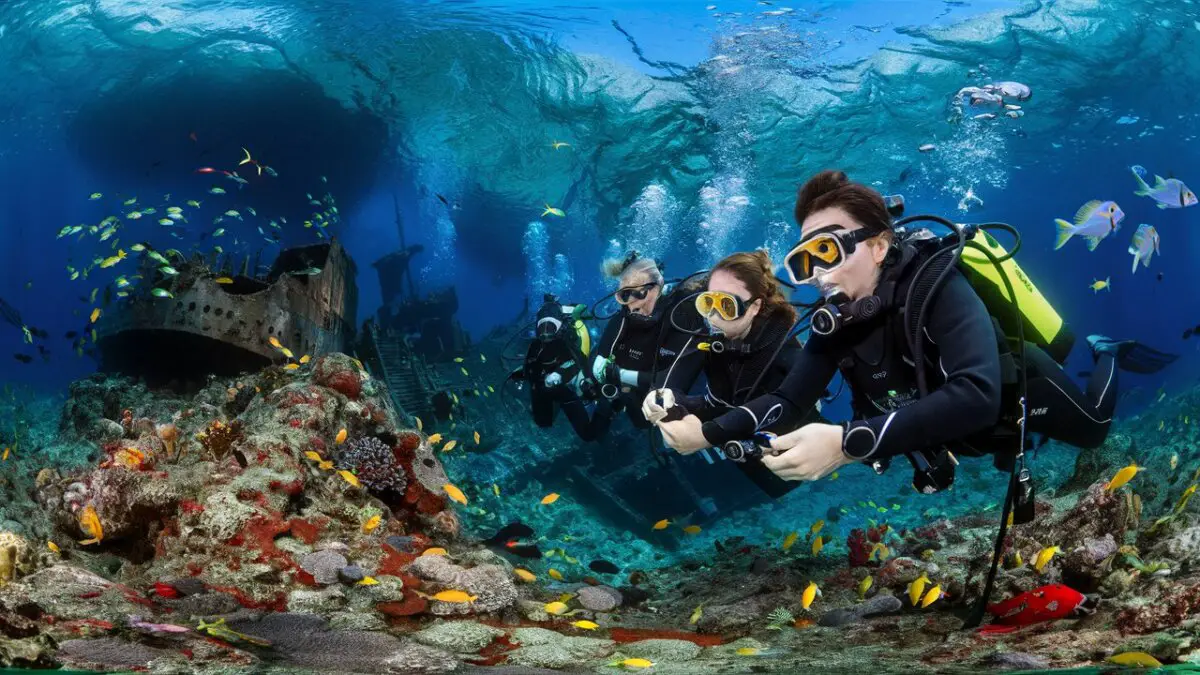
An Overview of the Magical World of Marine Life
A fascinating world teaming with life exists under the shimmering surface of our planet’s huge seas. It is a region that piques the interest of scientists and adventurers alike.
The fascinating world of marine life is a tribute to the complexity and beauty of nature, with its kaleidoscope of hues, varied habitats, and enigmatic animals.
A symphony of aquatic delights greets us as we set out on a trek into the depths.
Surrounded by colorful marine life, coral reefs provide an amazing underwater scene.
The remarkable richness found in these ecosystems—often dubbed the “rainforests of the sea”—rivals that of even the most varied terrestrial settings.
As you descend down, you’ll come across the magnificent marine megafauna, which includes sleek, strong sharks monitoring their spheres of influence and beautiful whales floating through the ocean depths.
The intricate patterns created by sea turtles navigating the currents and the dancing schools of fish enhance the poetry of this aquatic ballet.
The marine environment is a vibrant ecosystem that is essential to the wellbeing of our planet, not just a beautiful sight.
Oceans sustain millions of people, control the planet’s temperature, and provide a major source of inspiration for writers, artists, and scientists.
Join us on a journey to uncover the secrets of the ocean’s depths and the astonishing variety of marine life.
Every meeting opens up a new chapter in the fascinating tale of the world beneath the waters, from the tiniest, most secretive species to the enormous marine monsters.
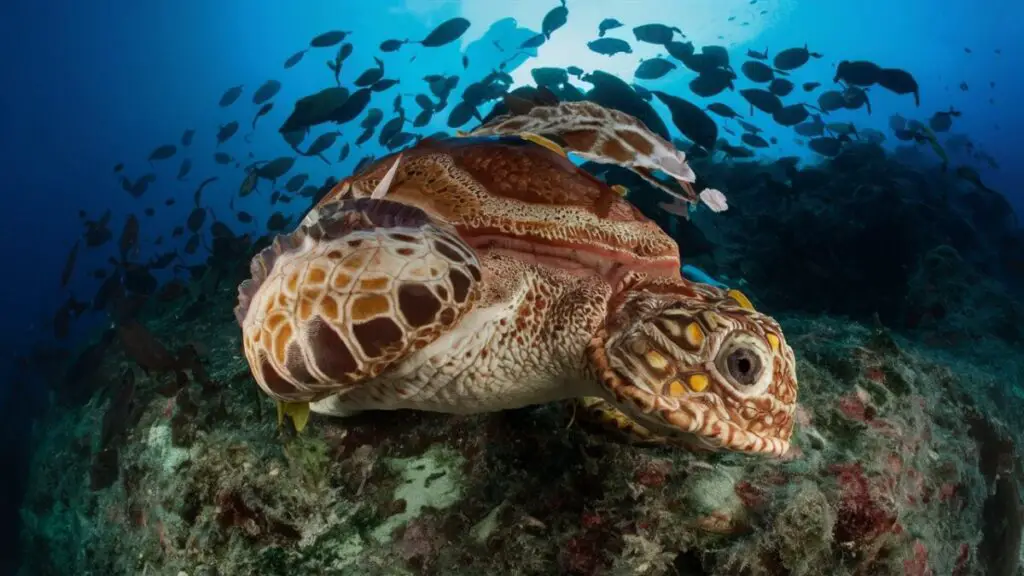
Disclosing the Startling Diversity of Marine Animals
Beneath the waves of our planet’s enormous seas is a beautiful mystery that astonishes and captivates with its colorful tapestry of aquatic life.
The variety of marine life is evidence of the adaptability and tenacity of life in the greatest environment on Earth.
The ocean is filled with an astounding assortment of species, from the majestic whales that wander the deep to the minuscule plankton that constitute the base of the marine food chain.
Under the surface, schools of fish perform a captivating dance of synchronization, causing coral reefs to explode into vivid colors.
Mysterious animals, such as anglerfish, use bioluminescence to find their way and draw their food from the frigid, dark depths.
From sea otters to sea stars, kelp forests’ complex ecosystems provide havens for a multitude of species.
The richness of the ocean, however, contributes significantly to preserving the equilibrium of our world, in addition to being a source of amazement.
Numerous species find their home in mangroves and seagrass beds, and marine bacteria help to control the temperature.
As we explore and learn more about the ocean, we discover new species, each of which adds a unique chapter to the history of life on Earth.
It is not only a scientific undertaking, but also a shared obligation to preserve and comprehend this astonishing diversity of marine life in order to maintain the health and vitality of our seas for future generations.
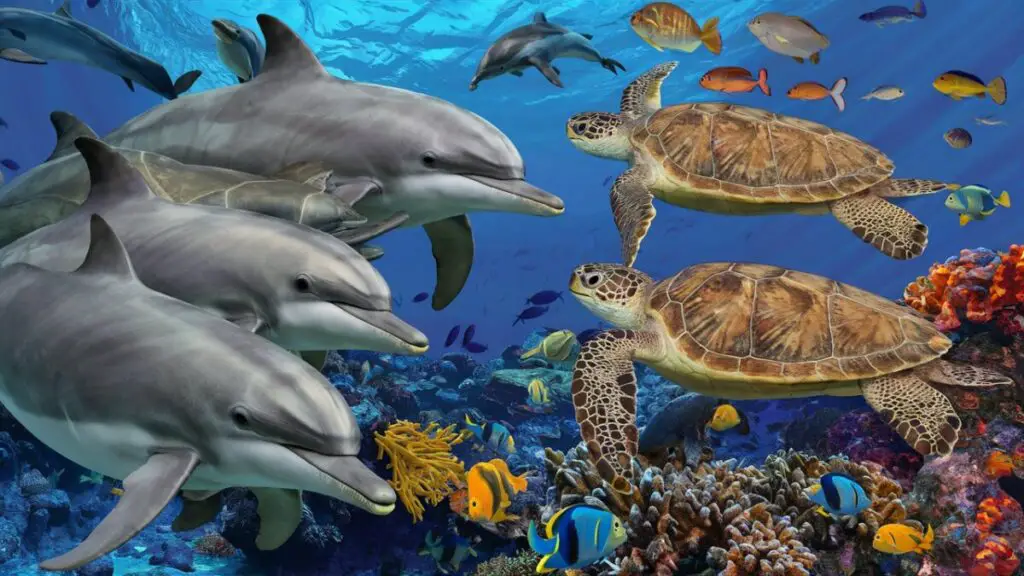
Recognizing the Complex Ecosystems that Support Marine Life
Every organism in the intricately linked web of life under the waves is essential to preserving the delicate balance of marine ecosystems.
Anyone who enjoys the beauty and diversity of ocean life, as well as marine biologists, must have a thorough understanding of these complex systems.
Coral reefs, also known as the ocean’s rainforests, form the foundation of these ecosystems.
Numerous species, from tiny algae to colorful fish, may be seen living in these vivid formations.
A prime example of nature’s clever cooperation is the symbiotic interaction between coral polyps and algae, in which the polyps supply shelter while the algae use photosynthesis to create nourishment.
The open ocean has its own network of interrelated links that extend beyond coral reefs.
The base of the marine food chain is made up of tiny, plant-like creatures called phytoplankton, which absorb light and use it to generate energy.
In turn, phytoplankton feeds on zooplankton, a cycle of feeding that supports larger marine life, such as the magnificent whales that ply the oceans.
Human activity poses a serious threat to these fragile ecosystems. Pollution, overfishing, and climate change threaten the delicate equilibrium that has developed over millions of years.
By comprehending and valuing the complex mechanisms of marine ecosystems, we can strive for sustainable practices and guarantee the conservation of these captivating submerged environments for future generations.
you may also like this: The Top 5 Secrets the Ocean’s Depths Hold

How Various and Difficult Environments Support the Survival of Marine Life
The fascinating world that exists under the ocean’s surface is proof of how incredibly adaptable nature is.
From the smallest invertebrates to the most magnificent deep-diving species, marine life has evolved to survive in a wide range of complex and demanding settings.
This adaptation demonstrates life’s tenacity in the face of hardship and is an intriguing tango between biology and environment.
Because of the ocean’s vastness and wide range of environments, marine creatures have evolved amazing survival and growth methods.
Every species has developed unique adaptations to withstand the harsh conditions found in the abyssal zone and the constantly shifting temperatures of coastal waters.
Some have acquired specific bodily traits—like bioluminescence or specialized body shapes—while others have evolved complex behaviors to help them navigate their environment.
The richness of the ocean reflects this flexibility, with coral reefs serving as vivid illustrations of how life can change harsh surroundings into healthy ecosystems.
Corals, sometimes referred to as the rainforests of the sea, exhibit a delicate balance between symbiotic connections and environmental responsiveness.
Exploring the wonders of marine life constantly reminds us of the value of protecting these varied ecosystems.
Understanding and valuing marine creatures’ adaptability enhances our understanding of the natural world and emphasizes the importance of conservation initiatives to save these remarkable ecosystems.
By preserving the seas, we make sure that the enthralling dance of adaptation keeps happening under the waves, enthralling and motivating everyone.
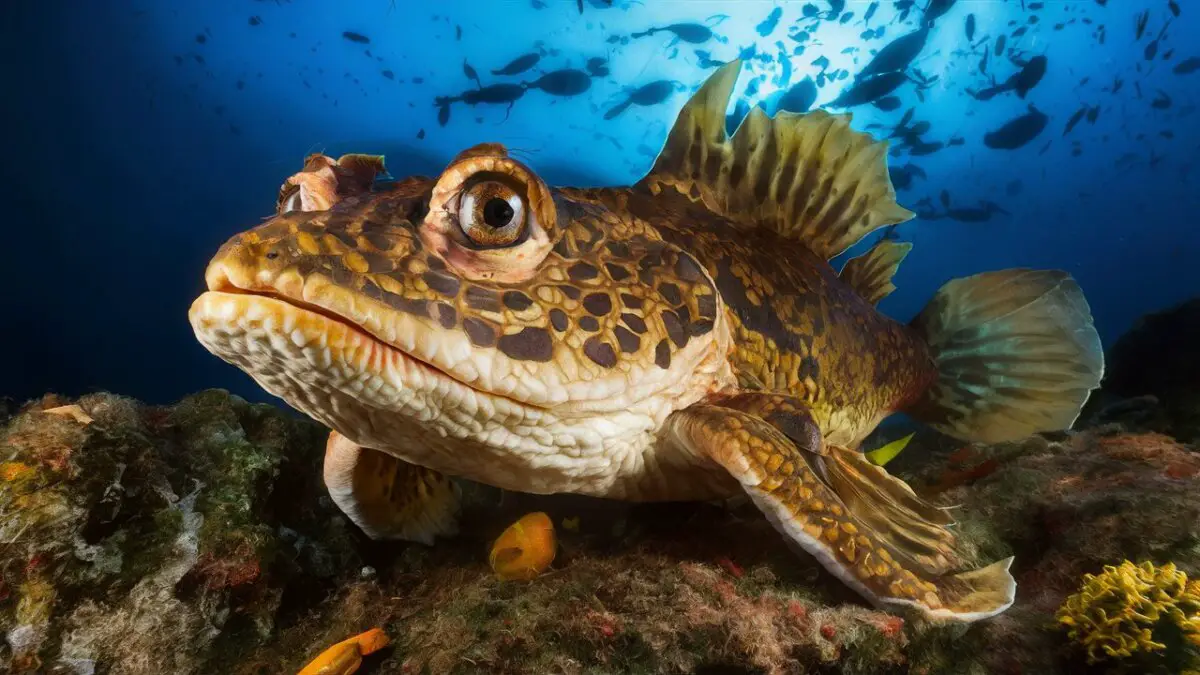
Examining the Most Astonishing Marine Life
Marine life is a witness to the wonders that exist beneath the waters, with its wide range of colors, forms, and behaviors.
The Mandarin Fish, a colorful jewel of the aquatic world, is one of the most stunning marine species.
A Deep Dive into Marine Life
This little tropical fish is a living piece of art, with its complex patterns and vibrant colors. The Sea Dragons, with their surreal look reminiscent of fabled animals, are equally captivating.
These fragile creatures demonstrate how nature can produce beauty that is beyond human comprehension.
The ethereal dance of the jellyfish is another captivating show. Their pulsing motions and transparent bodies create a beautiful ballet in the ocean’s depths.
With a lure that dangles like a fishing line to entice gullible prey, the anglerfish rises from the enigmatic depths, a tribute to the clever adaptations that have developed in the underwater world.
The astonishing diversity of marine life that we discover as we go deeper into the ocean is evidence of life’s complexity and adaptability in this changing environment.
Every species contributes awe-inspiring details to the diverse array of marine life, underscoring the significance of protecting this remarkable environment.
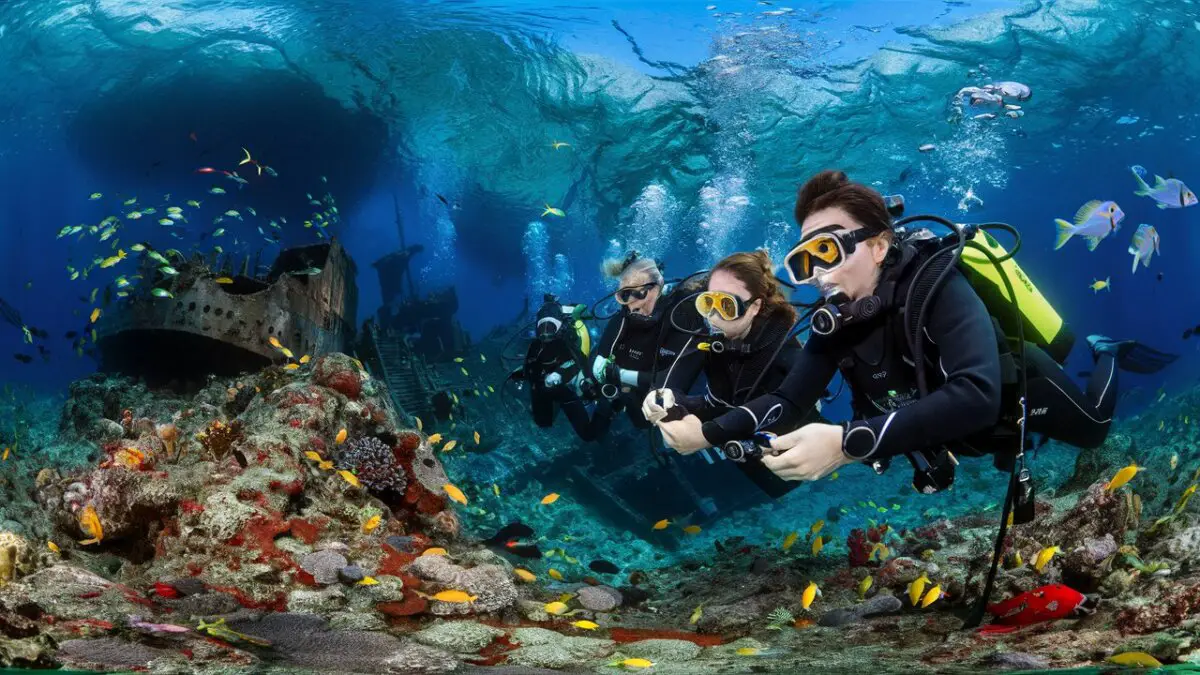
Analyzing Marine Life’s Crucial Role in Maintaining Global Ecological Balance
The oceans on Earth, which are home to a wide variety of marine life, are critical to preserving our planet’s delicate ecological balance.
These underwater habitats are very diverse and beautiful, but they also play a major role in the overall health of the planet.
Every creature, from phytoplankton to apex predators, has a distinct function in maintaining a sustainable future, managing the global climate, and sustaining life on land.
Phytoplankton, microscopic algae that provide half of the world’s oxygen through photosynthesis, are at the center of this ecological ballet.
These microscopic creatures serve as the foundation of the marine food chain, supporting many species. Marine life, in turn, regulates carbon dioxide levels by absorbing and storing significant amounts of this greenhouse gas.
In addition to controlling the climate, marine life is essential to the cycle of nutrients. Fish and other marine life influence the productivity of both marine and terrestrial ecosystems by moving vital nutrients across various ocean levels.
Furthermore, the complex interactions that make up marine food webs aid in population control, halting the unbridled expansion of certain species and preserving biodiversity.
Examining the vital role that marine life plays reveals that preserving these ecosystems is not only a matter of environmental concern but also crucial to the planet’s survival.
Conservation protect the seas and, by extension, the global ecological balance on which all life depends, conservation initiatives and sustainable practices are essential.
you may also like this: My first trip by water | What does it look like?
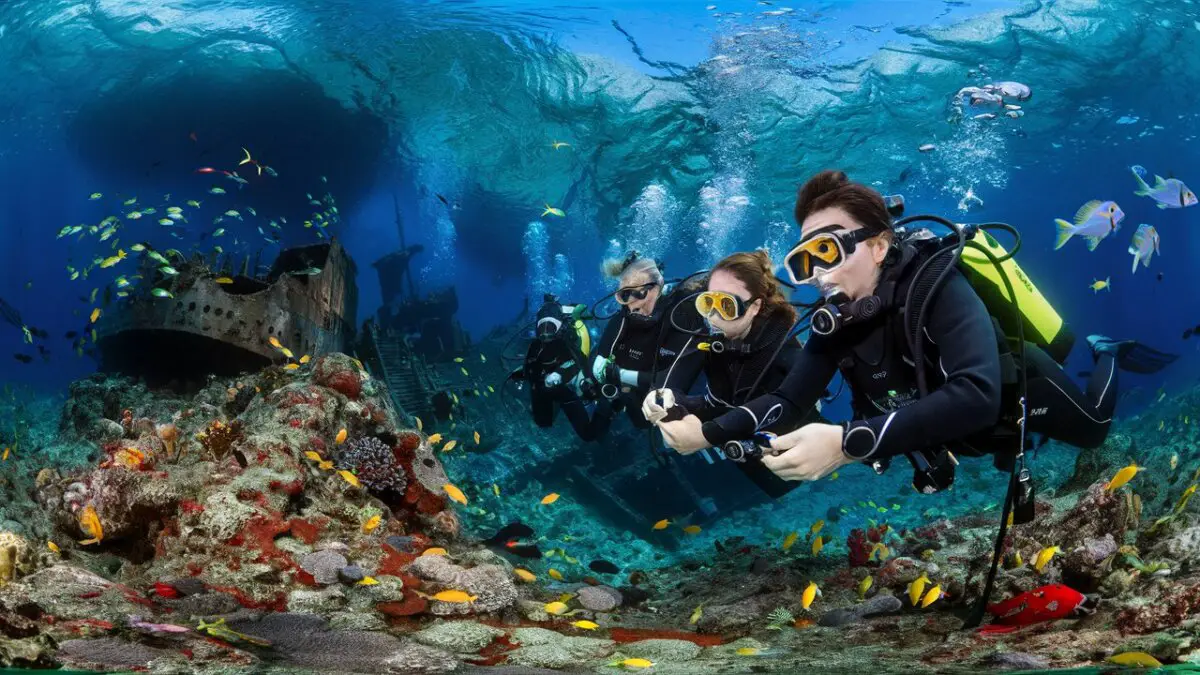
Bringing to Light the Difficulties the Marine Environment Faces
Our planet’s seas, which are rich in life and vital to its health, have several difficulties that require our attention.
Plastic pollution is a major issue, as large volumes of non-biodegradable plastics are still entering marine environments, posing a threat to marine life and upsetting fragile ecosystems.
Another serious concern is overfishing, which is driving numerous species to the verge of extinction.
In addition to depleting fish stocks, unsustainable fishing methods cause entire marine food chains to collapse, which impacts the millions of people whose lives depend on fisheries.
Climate change exacerbates these issues by raising sea temperatures and increasing ocean acidity.
Since coral reefs are essential to biodiversity, they are especially sensitive to these environmental changes, which can lead to bleaching and even mortality.
Furthermore, industrial runoff and oil spills significantly worsen water quality, directly endangering marine ecosystems and the species that live there.
To overcome these obstacles, we must work together. Governments, businesses, and people all need to emphasize sustainable practices, cut back on plastic usage, and aid in conservation initiatives.
By bringing attention to the problems that marine habitats face, we may encourage a worldwide commitment to protecting our oceans and guaranteeing that future generations have a healthy future.

How Research and Protection Can Help Preserve Marine Life for Future Generations.
Collaboration between research and conservation is essential to ensuring the health of marine life for future generations.
Scientific study is the foundation for understanding marine ecosystems and the problems they face.
Modern tools like sophisticated monitoring systems and underwater drones allow scientists to gather vital information on the condition of our seas.
Researchers can determine important conservation goals by figuring out the intricate relationships that marine animals have with their surroundings.
The conversion of scientific discoveries into practicable policies is greatly aided by conservation initiatives.
Protecting endangered species and their habitats may be accomplished through a variety of measures, including the establishment of marine protected areas, fishing regulations, and pollution control.
The successful execution of these policies depends on cooperation between local communities, non-profits, and governments.
Science and conservation work together to produce a potent recipe for the preservation of marine life.
We can ensure that the wonders of our oceans continue for the pleasure and nourishment of future generations by comprehending the complexities of ocean ecosystems and putting that understanding into practical action.
By working together to prioritize science-driven conservation, we can effectively address the issues facing our oceans and ensure that the marine environment will continue to thrive for years to come.
you may also like this: Unveiling the Mystery: Why Lakes Are Dangerous

Conclusion.
To sum up, our in-depth exploration of marine life has shed light on the remarkable variety and interdependence of the ocean’s ecosystems.
Every stratum, from the colorful coral reefs to the enigmatic depths of the abyssal zone, unveils an amazing variety of animals and plants that have evolved to thrive in their particular settings.
As we go through the complexities of marine biology, it becomes clear that there are still many undiscovered species and unsolved riddles, and that our knowledge of the subject is constantly changing.
Given the delicate balance of these ecosystems, conservation efforts and sustainable practices are critically necessary to maintain the tenuous equilibrium of the ocean.
Along with showcasing the wonders of marine life, our underwater voyage also emphasizes the crucial role humans play as custodians of this delicate environment.
Let’s use the information we get from our continued exploration and learning to take practical measures to protect the seas for future generations.
Hooked on Tech: Exploring the latest Fishing Gadgets that Anglers swear by.
In the realm of angling, where tradition and technology often converge, a new wave of fishing gadgets has emerged, transforming the way anglers approach their craft.
From advanced fish finders to smart bait systems, these innovations have not only revolutionized the fishing experience but have also garnered a loyal following among anglers worldwide.

